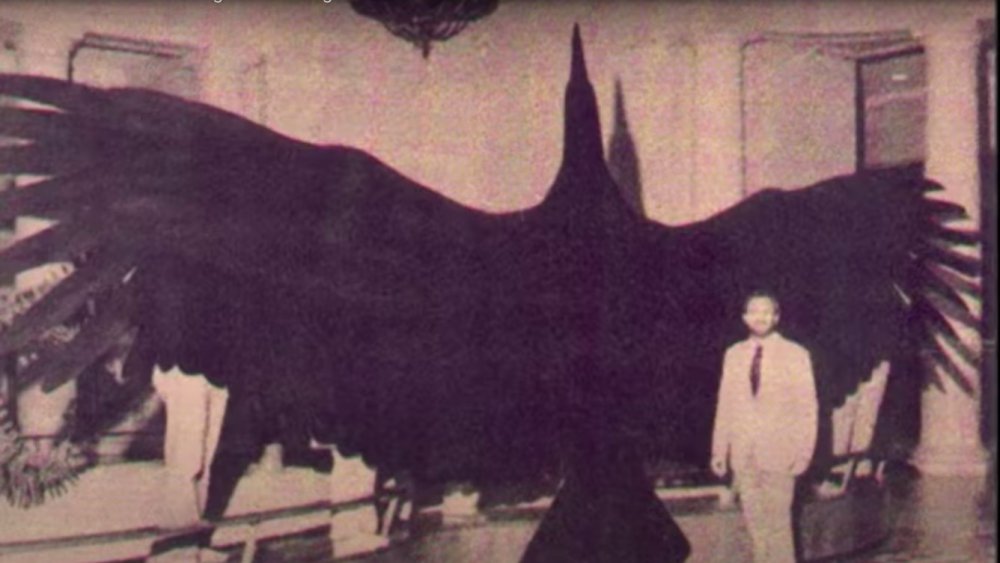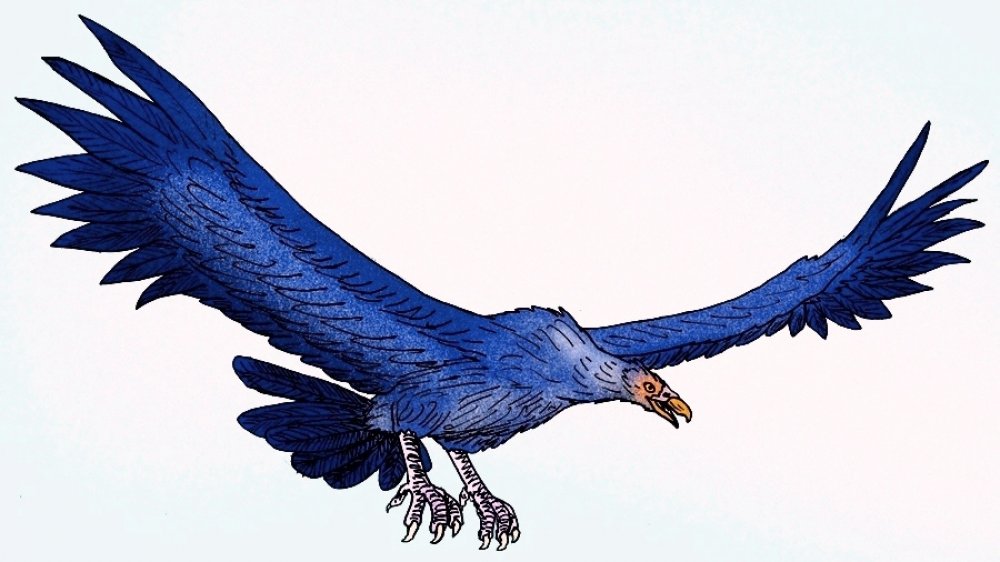This Is The Largest Bird That Ever Existed
It's a bird! It's a plane! Oh, no. It's both!
Such might be the reaction of a time traveler visiting Argentina some six million years ago upon first catching sight of the largest bird that ever existed: Argentavis magnificens.
Argentavis was big. Real big. Big enough for National Geographic to compare the formidable raptor to a Cessna 152 two-seater airplane. It averaged a hefty 70 kilograms (that's over 150 pounds!), and its wingspan measured 7 meters, nearly 23 feet from tip to tip.
This prehistoric avian giant belonged to an extinct family of predatory birds that taxonomists justifiably dubbed teratorns, or "monster birds." Argentavis far outweighed even the largest of its closest modern descendants, like storks, American vultures, and condors. The Andean condor is the current biggest bird in the sky, and it still weighs six times less as Argentavis and boasts only half the wingspan of its ancient ancestor.
Scientists are certain that the largest bird in history got its huge bulk up and flying, but how did it do so, exactly? The aforementioned condor is the world's largest flying bird, but the heaviest — Africa's kori bustard — requires a running start to take to the skies, and it weighs less than a third of Argentavis.
The flight mechanics of a monster bird
Paleontologist Sankar Chatterjee set out to uncover the mechanics of how Argentavis took flight in 2007 and found that it was so big that it needed a little help from geography to get off the ground. His models determined that the bulky bird required a down-slope of at least 10° and a bit of a breeze in its face to achieve liftoff.
Its gargantuan size affected its flight once airborne, as well. Chatterjee used fossil measurements to calculate how much power Argentavis was likely to have been able to generate and found that flapping it wings, lengthy as they were, would not have yielded enough power to keep the beast aloft.
He concluded that the largest bird that ever stalked the skies was an expert glider. The presence of numerous fossils in the foothills of the Andes support the theory that Argentavis rode the air currents rising up the side of the mountains. When it wanted to leave the peaks for the open skies over the South American pampas, it caught columns of rising hot air called thermals to soar at speeds of up to 43 miles per hour in search of prey.
Luckily, the inhabitants of what is now Argentina don't have to worry about monster birds circling overhead. Still, all of us should always be on the lookout for the cassowary, the current most dangerous bird to humans.

